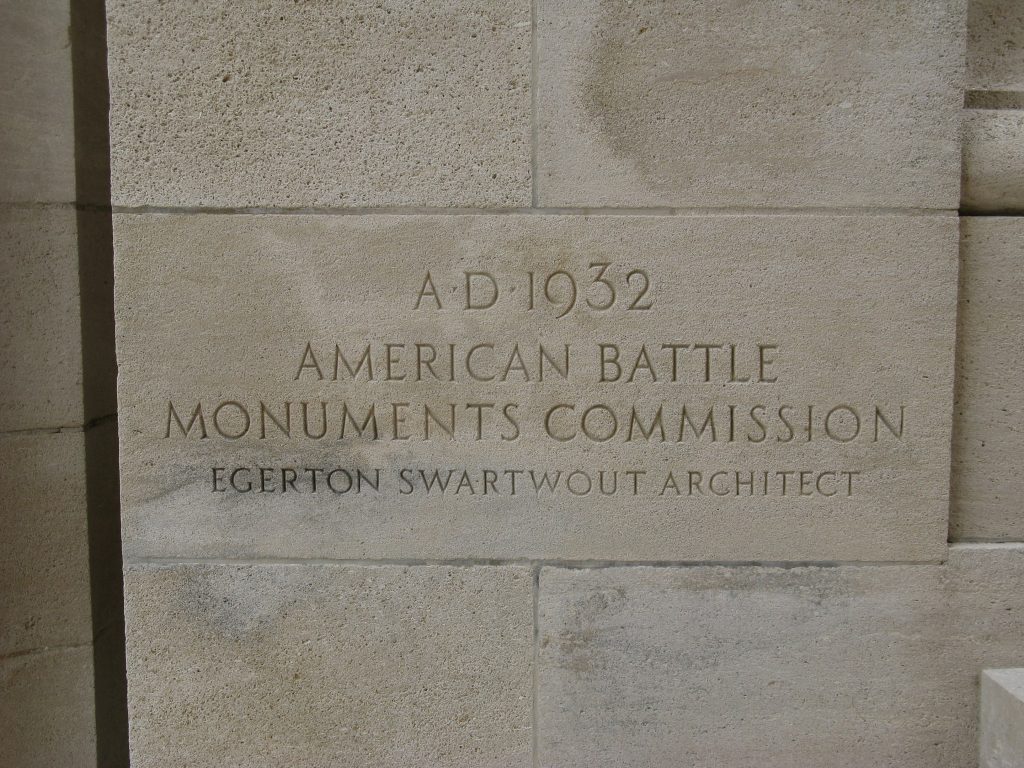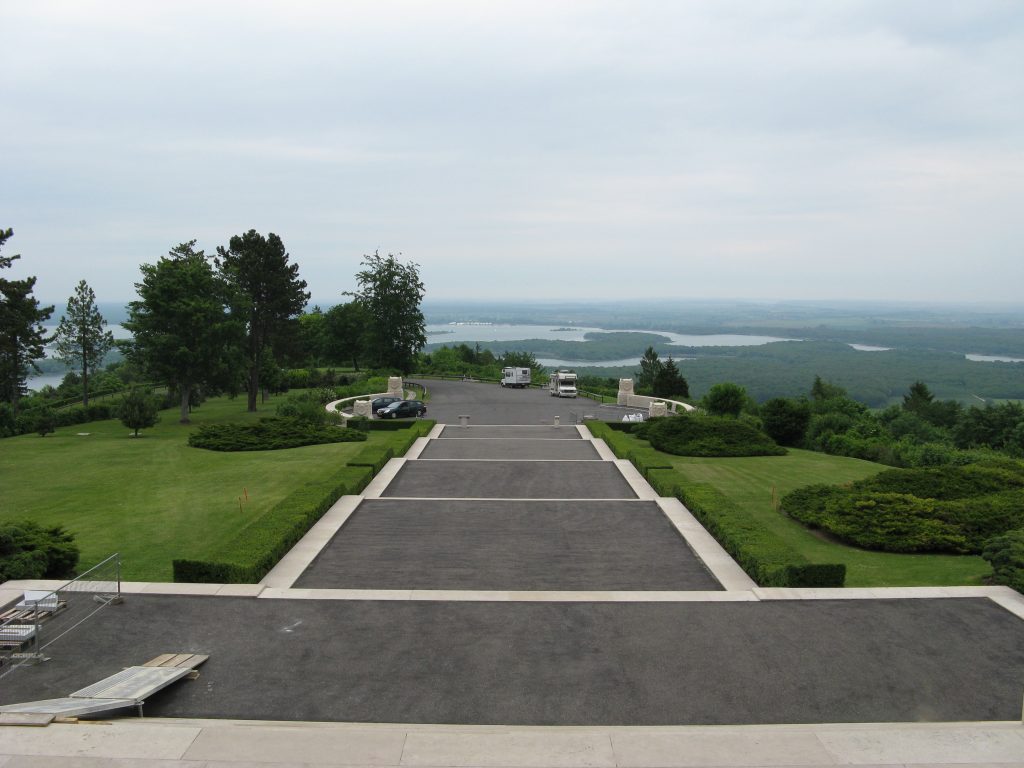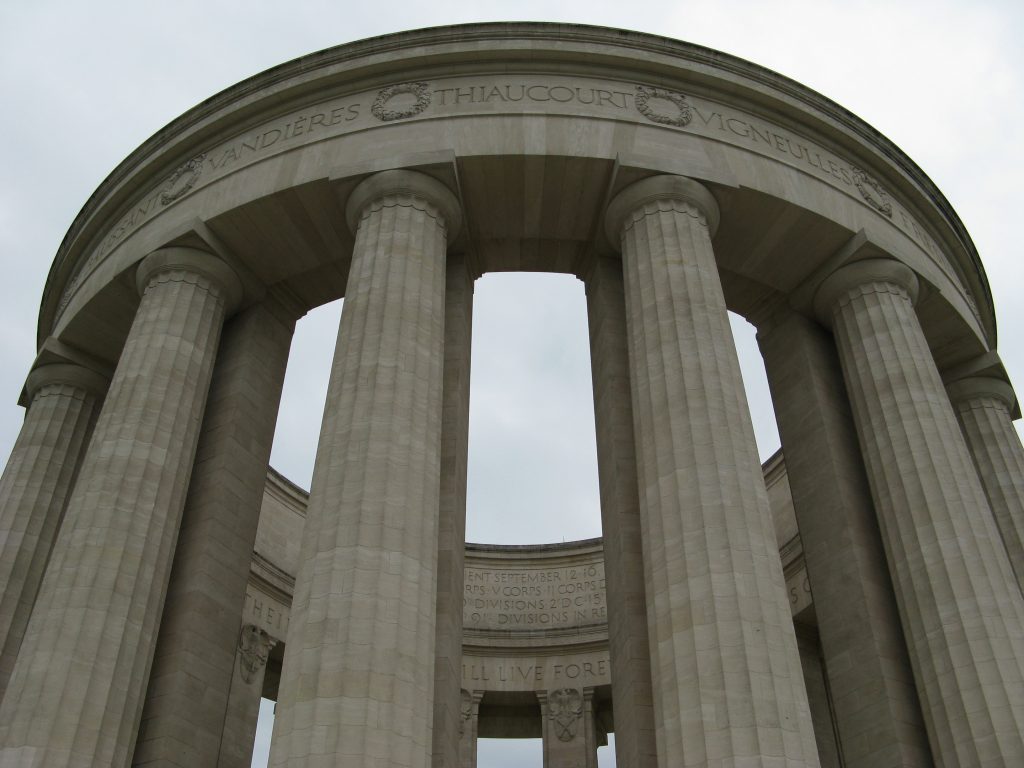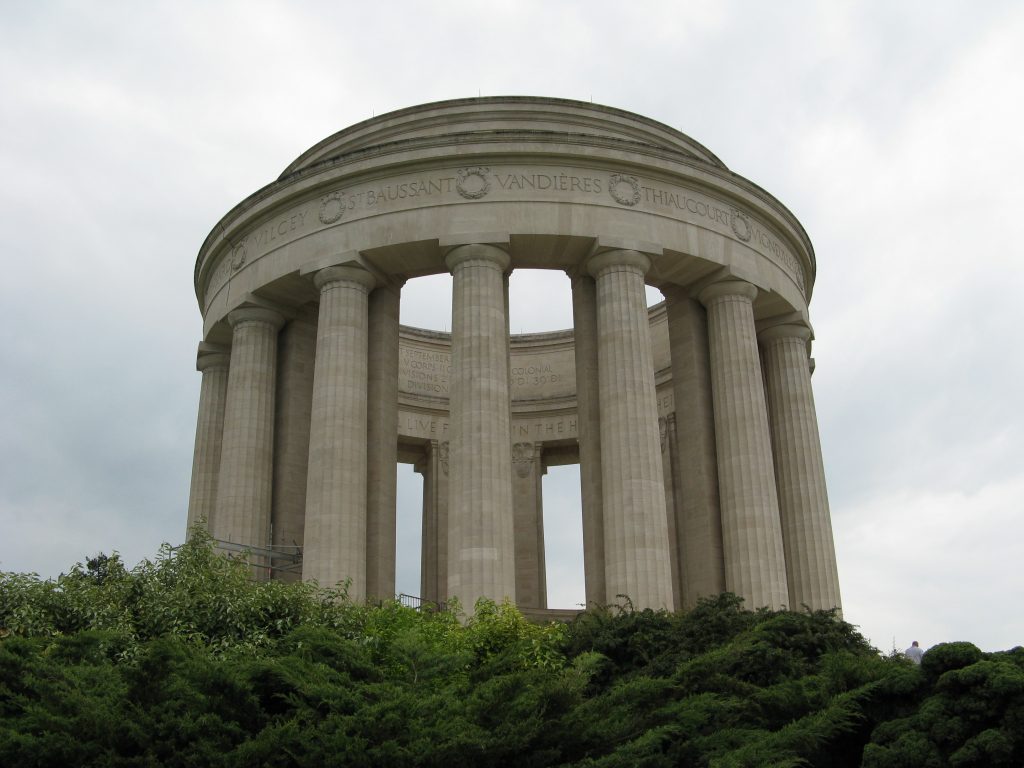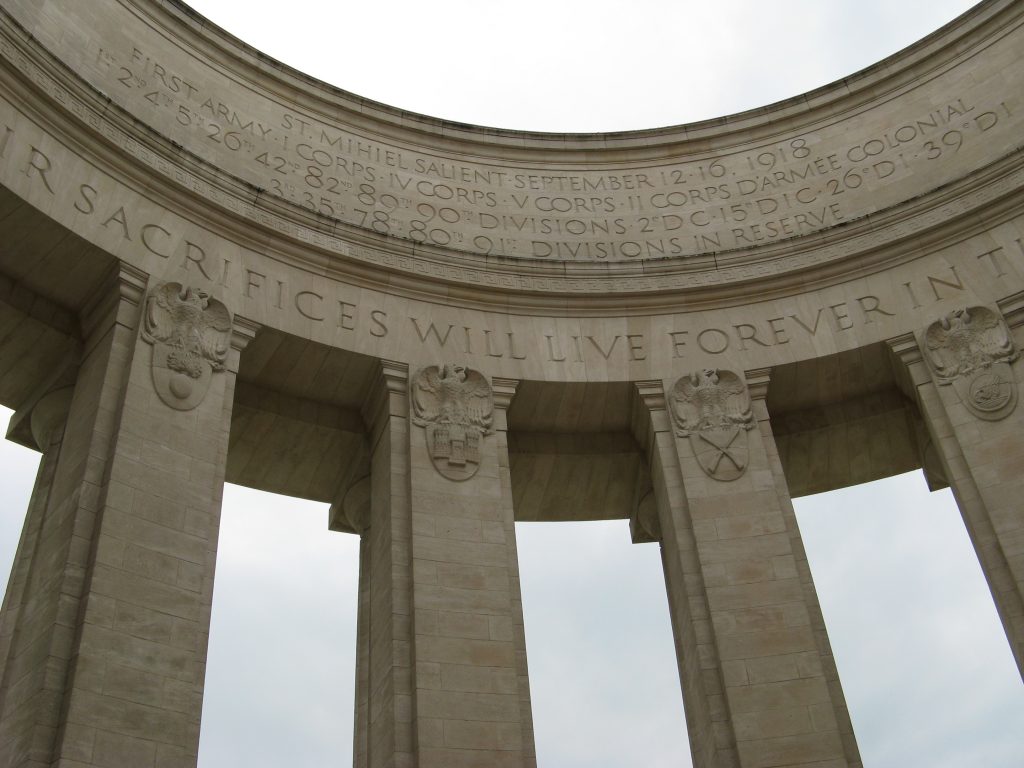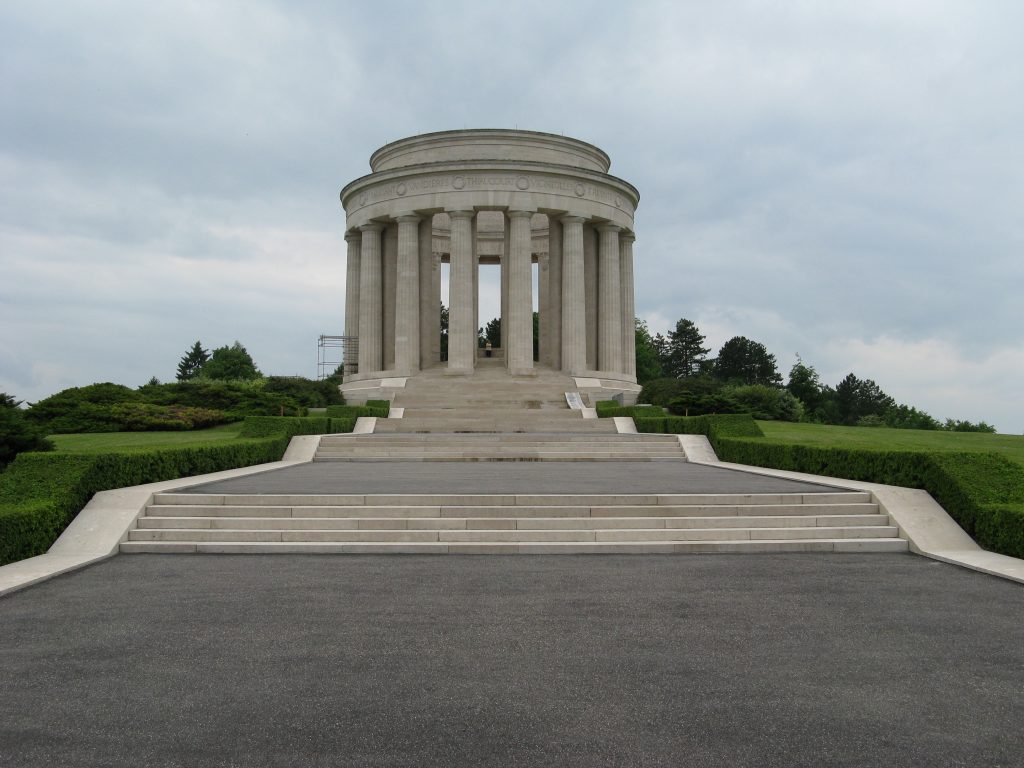Montsec American Monument
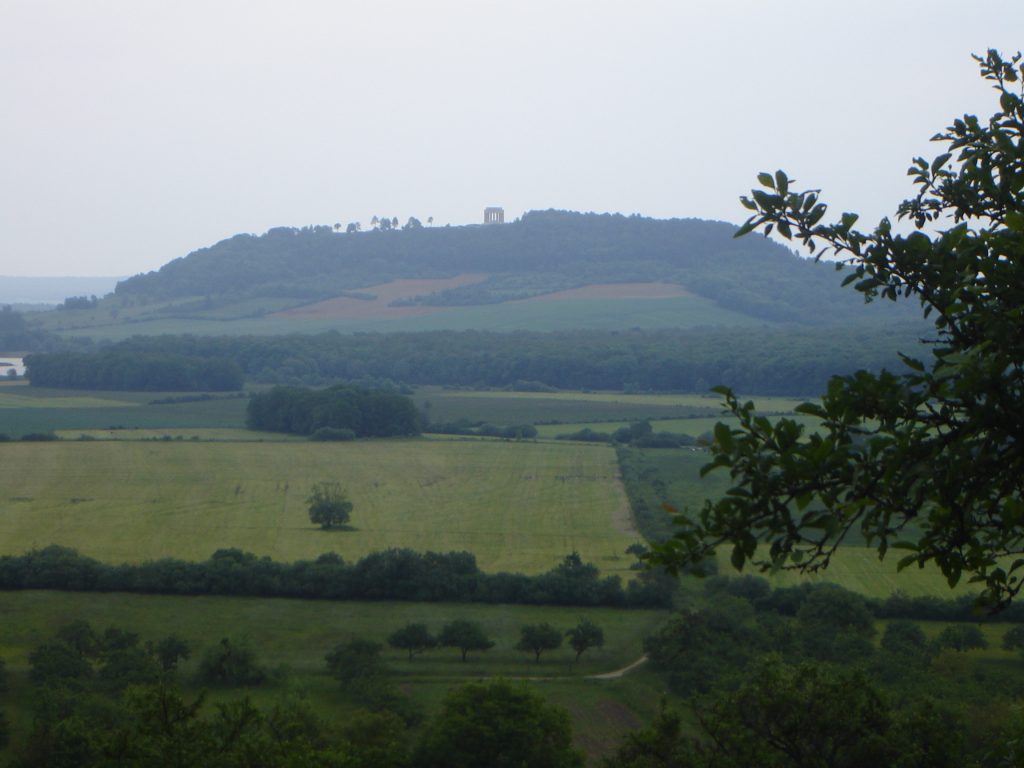
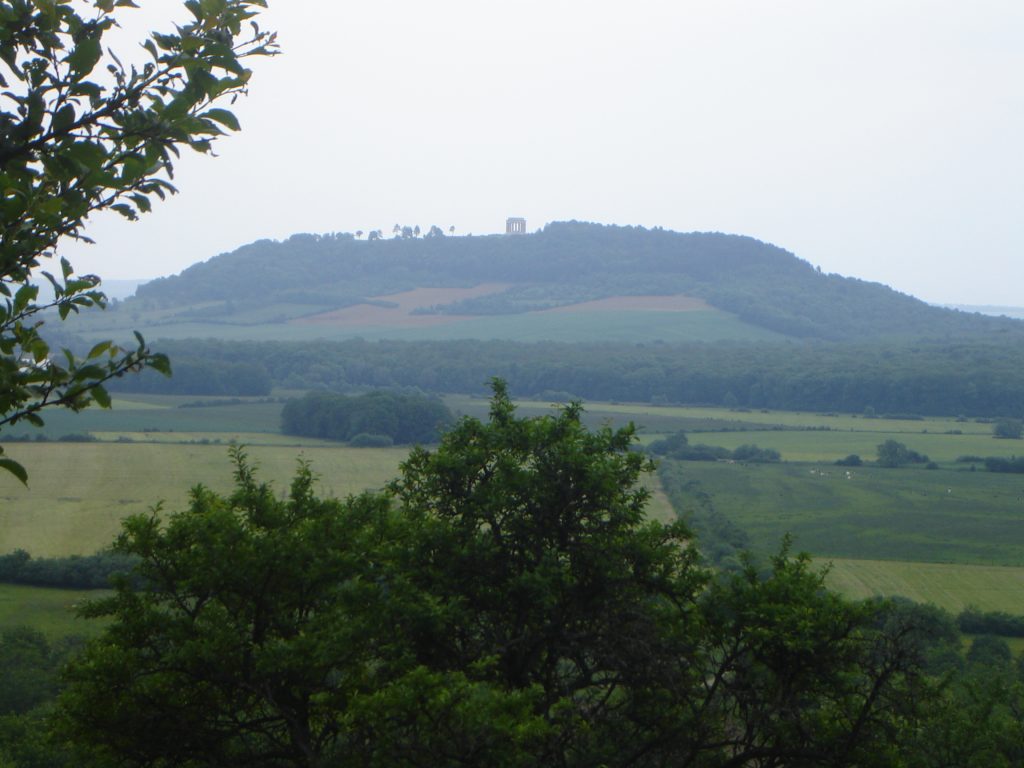
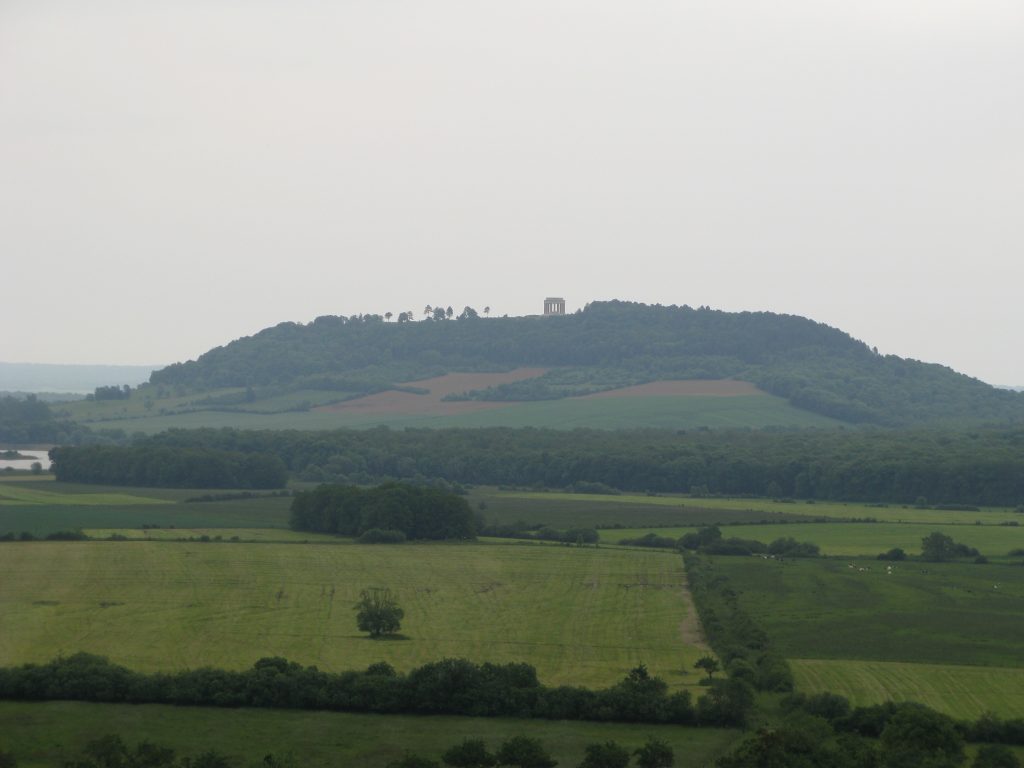
The World War I Montsec American Monument is located on the isolated hill of Montsec (Thiaucourt), France. This majestic monument, commemorating the achievements of the American soldiers who fought in this region in 1917 and 1918, dominates the landscape for miles around. It commemorates reduction of the St. Mihiel Salient by the U.S. First Army, September 12-16, 1918, and operations of the U.S. Second Army, November 9-11. It also honors combat services of other U.S. divisions in this region and in Alsace and Lorraine. Names of nearby villages liberated by American troops are carved upon the outside frieze.
It consists of a classic circular colonnade with a broad approach stairway. Within its center is a bronze relief map of the St. Mihiel salient, illustrating the military operations that took place there. The monument was slightly damaged during World War II, but has been repaired. From this vantage point the trenches used during the fighting can be seen.
The World War I Montsec American Monument is located on the isolated hill of Montsec (Thiaucourt), France 12 miles southwest of St. Mihiel American Cemetery and 10 miles east of the town of St. Mihiel. The entrance to the memorial’s access road is immediately west of the center of Montsec Village, France. The Montsec Monument, atop the Butte Montsec, is reached via Highways D 12 and D 119 to Montsec, then a road up the hill.



History
The Butte of Montsec (alt.1,230 feet) was a strategic position from early history. The Gaulois and Romans exploited its location. Messages were sent from it to distant heights, as smoke in daytime and fires at night. A fortified castle, Chastel Montclin, was built here in the 8th Century. Subterranean passages were discovered in the 19th Century. From 1914 onward, the Germans constructed tunnels, underground shelters, and trenches in the hill.
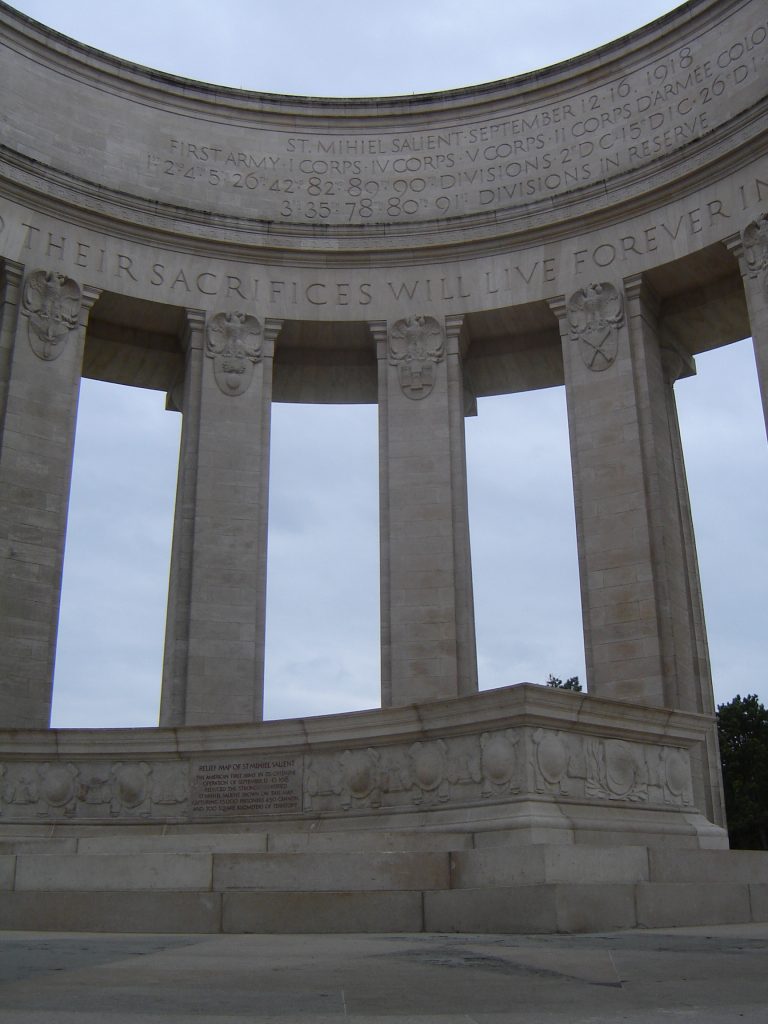
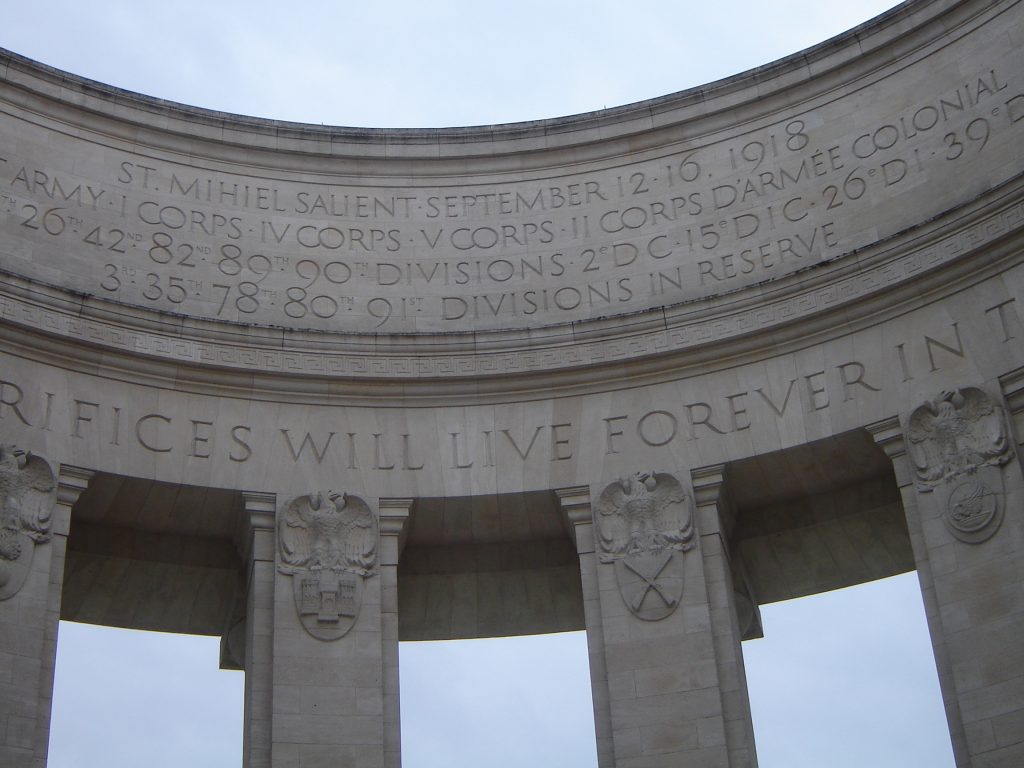
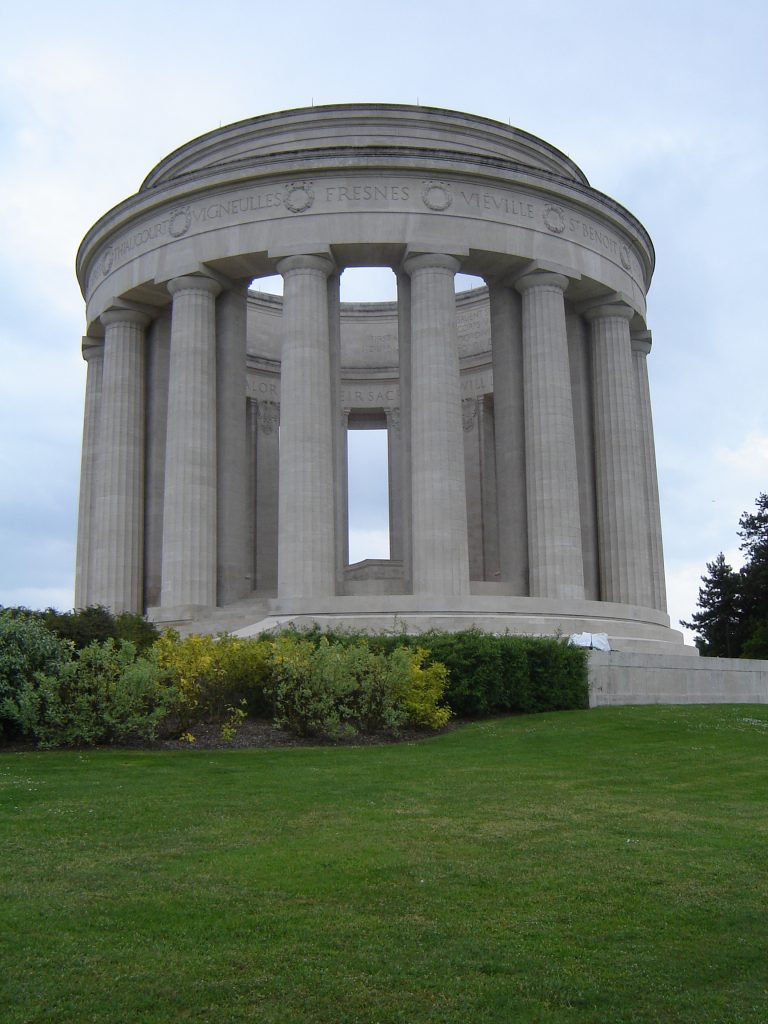
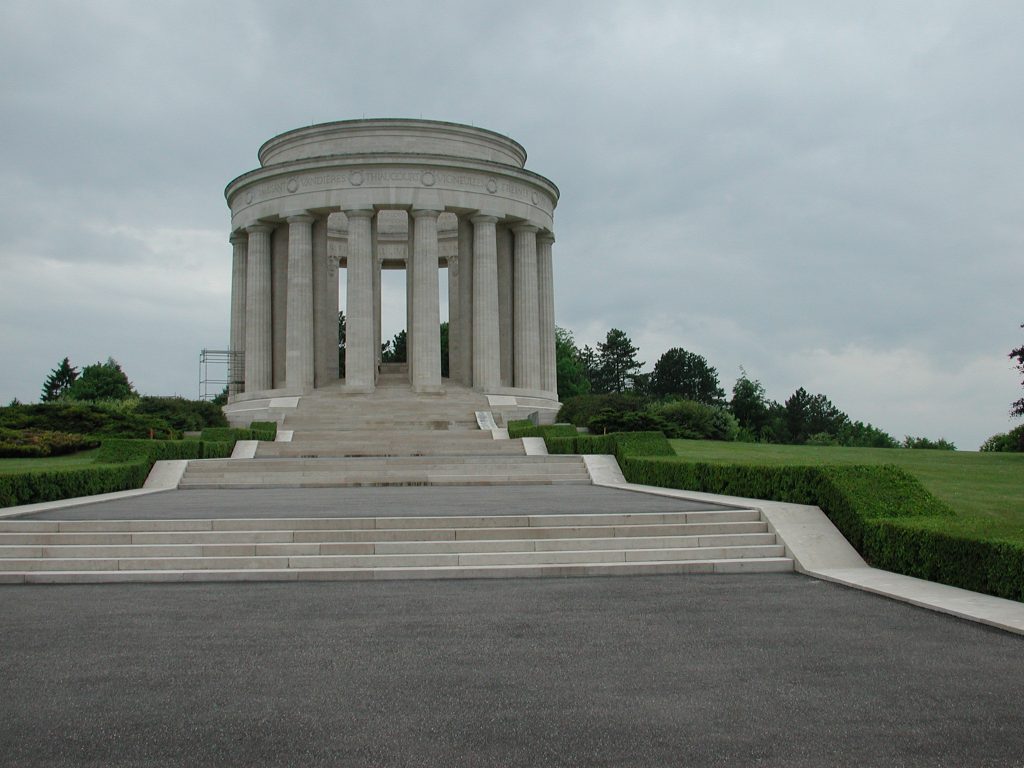
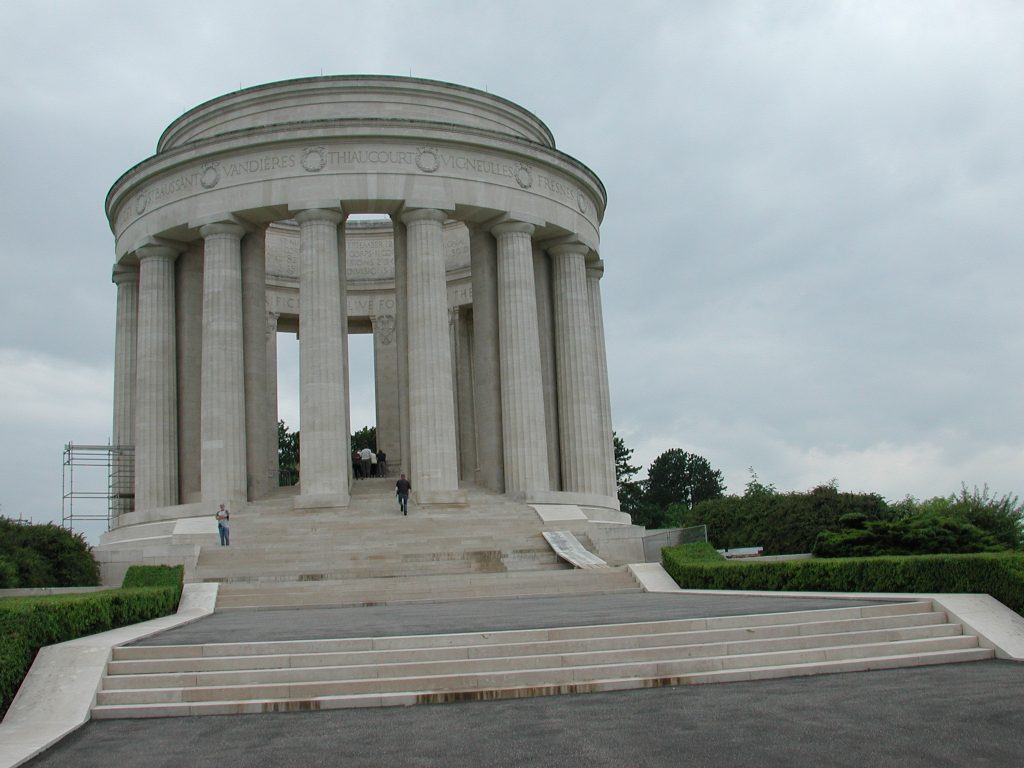
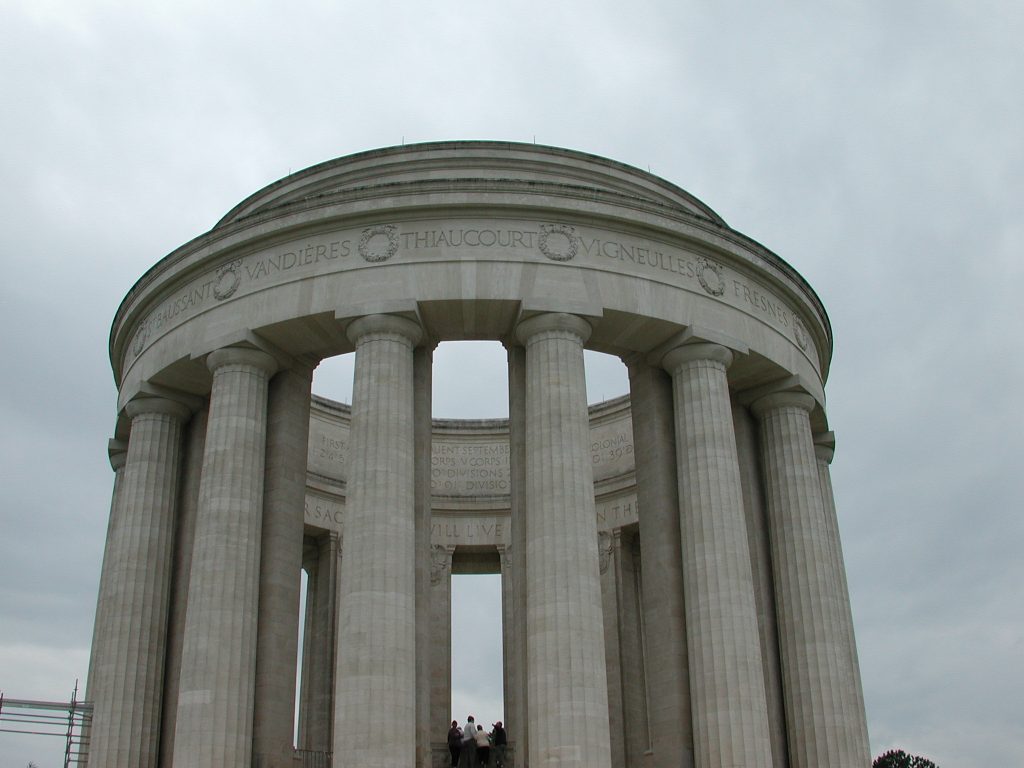
Allied counteroffensives in mid-1918 eliminated most German salients on the Western Front. But the St. Mihiel Salient remained. Its elimination was critical.
August 10, 1918: The U.S. First Army was activated, commanded by General John J. Pershing. It included fourteen American and four French divisions. Its mission: reduce the St. Mihiel Salient.
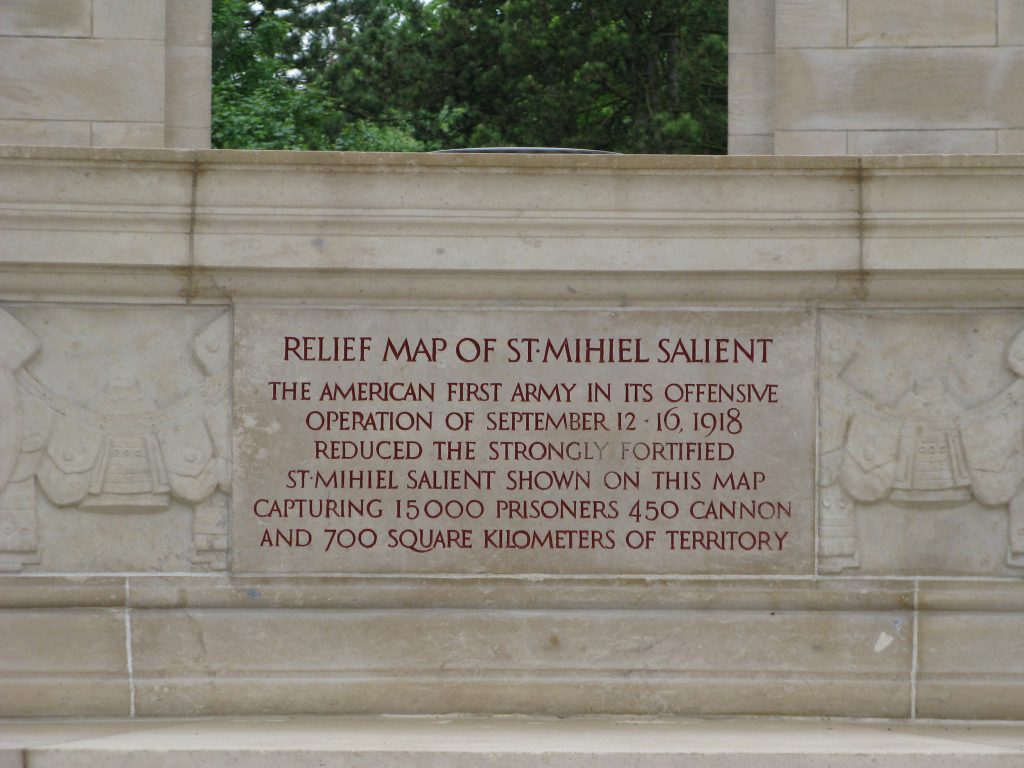
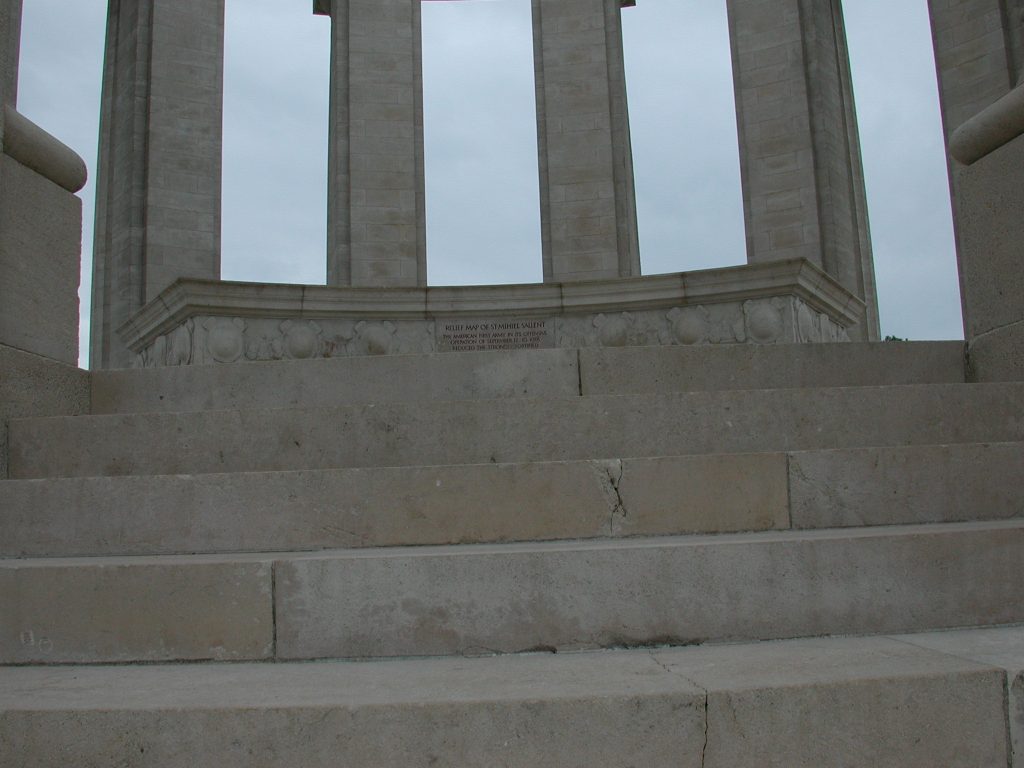
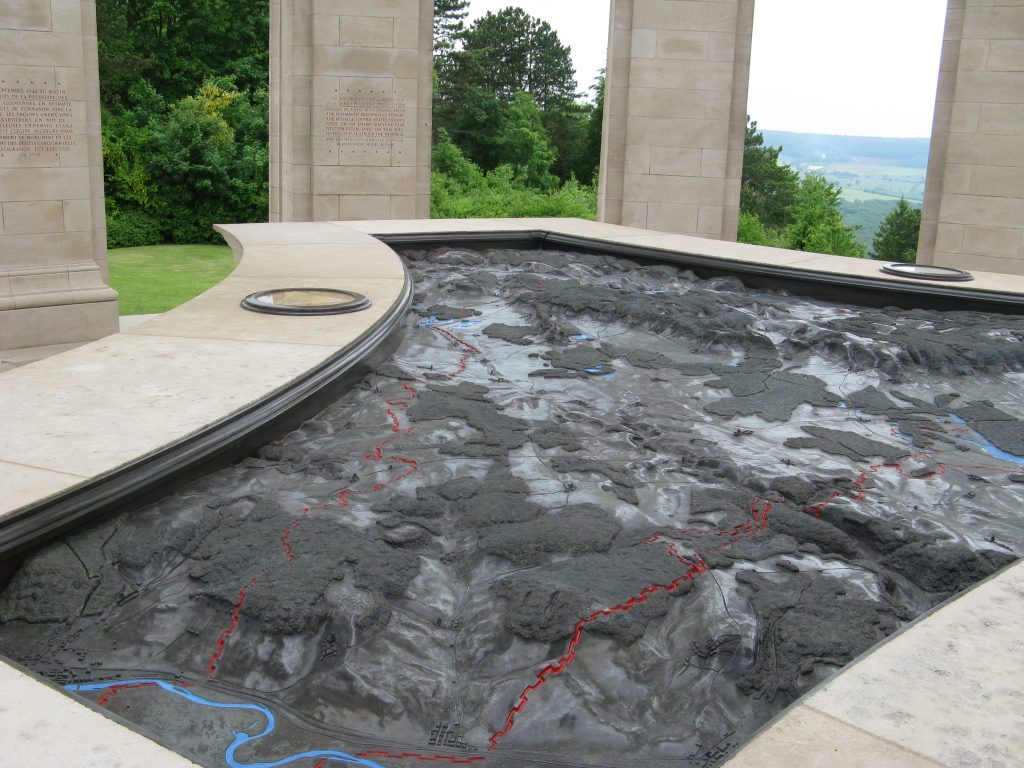
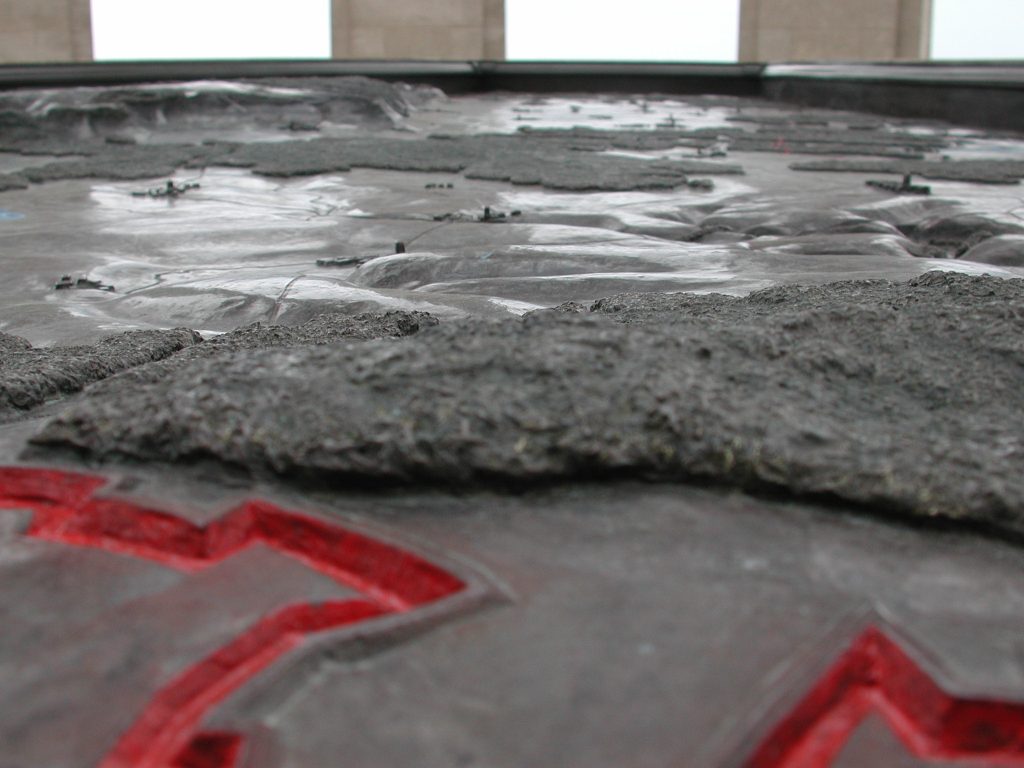
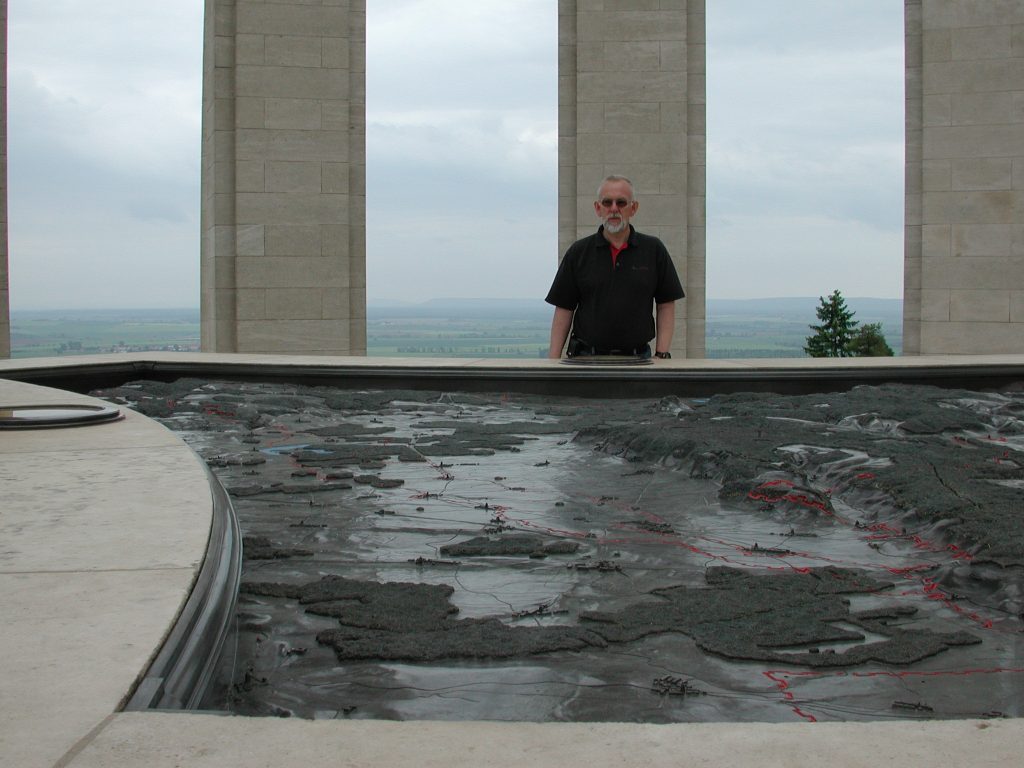

September 12: Aerial and artillery bombardment of German positions began at 1:00 a.m., and the main ground attack at 5:00 a.m. The advance was rapid on all axes. The 2nd Division liberated Thiaucourt by midday. The 89th Division advanced across ground that became the St. Mihiel American Cemetery. The 42nd Division reached the Bois de Thiaucourt.
September 13: The 26th Division entered Vigneulles. Its patrols met 1st Division soldiers, closing the salient. Combat continued for three more days.
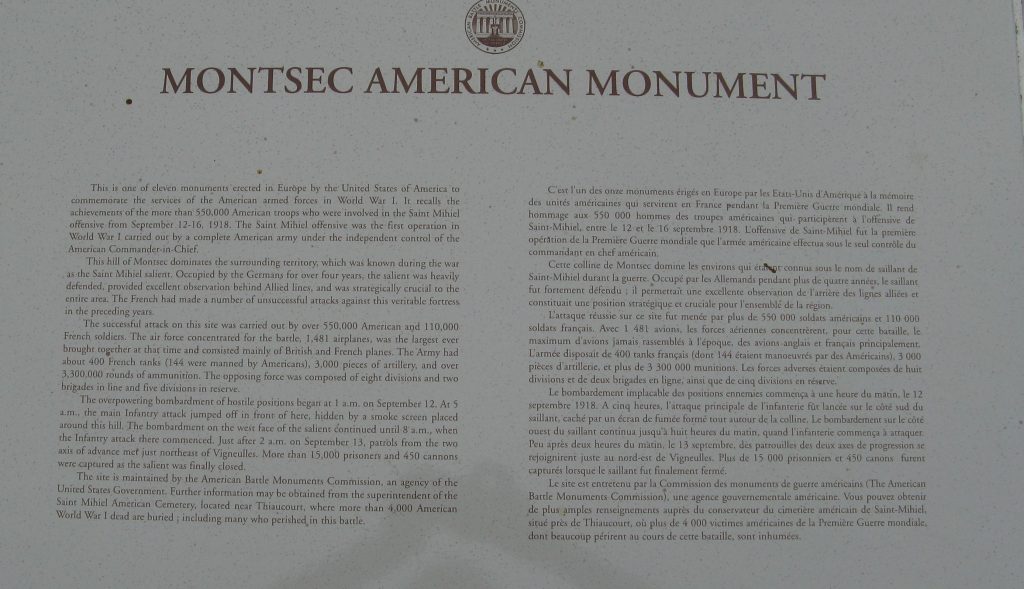
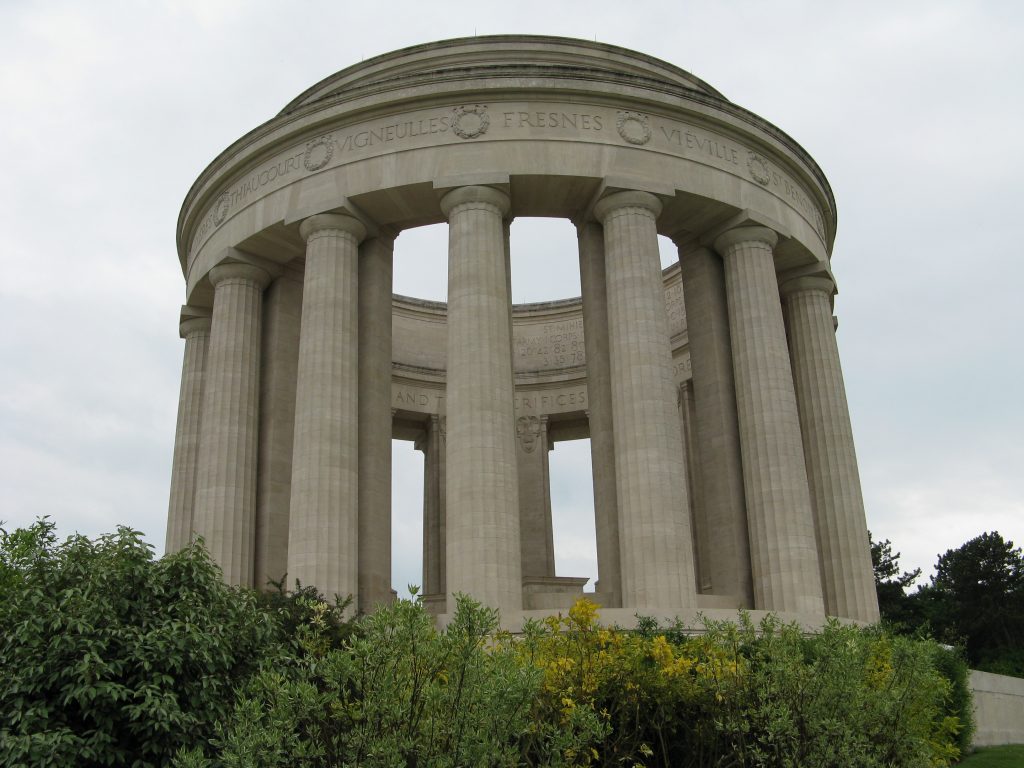
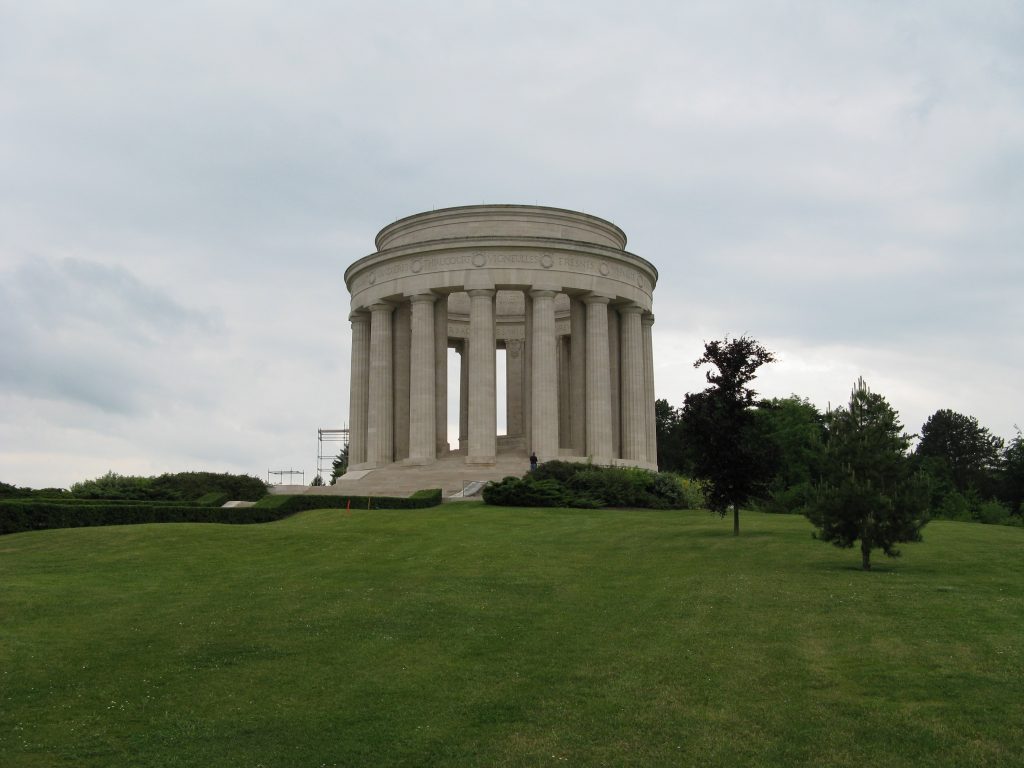

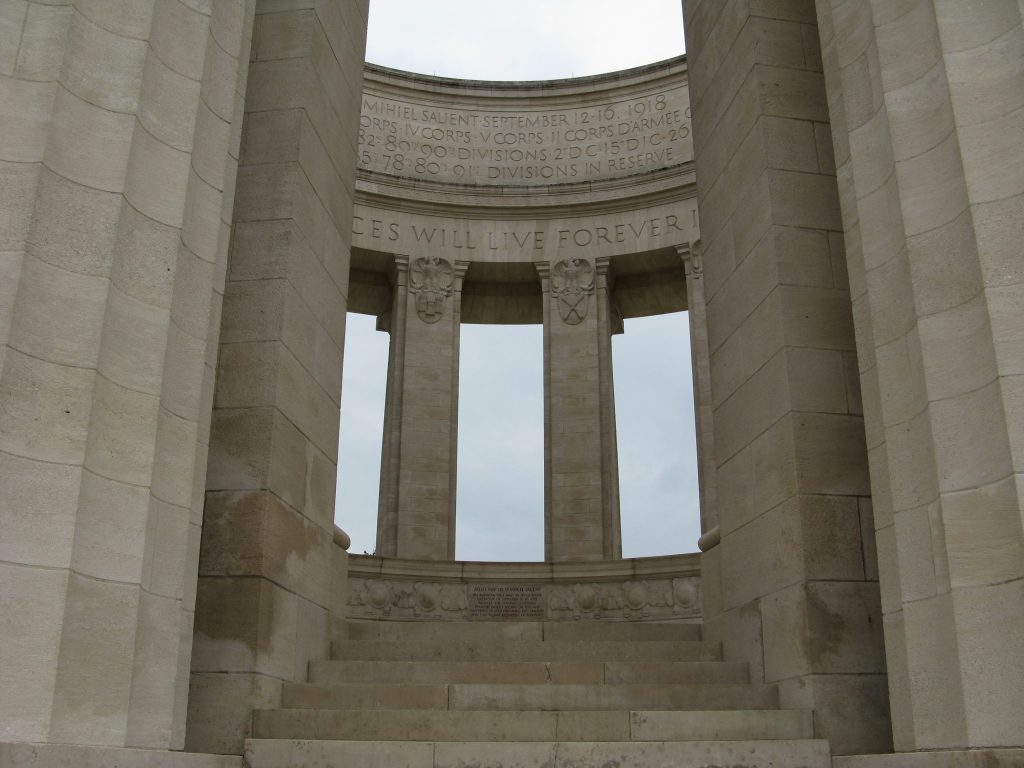
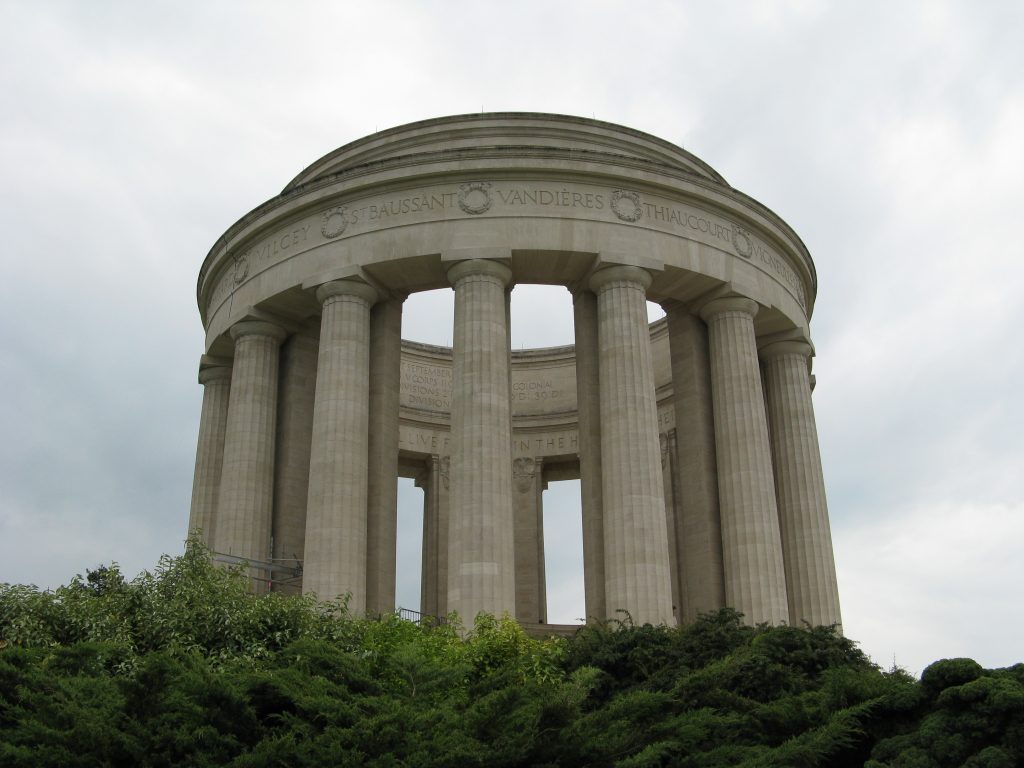
September 16: The St. Mihiel Salient was erased. More than 550,000 Americans and 110,000 French fought in the offensive. Many units battled next in the Meuse-Argonne Offensive, starting September 26.
October 16: The U.S. Second Army held the sector until November 9. Then its U.S. and French divisions attacked northeastward into the Wöevre Plain, bolstering Allied offensives ending with the Armistice on November 11.
